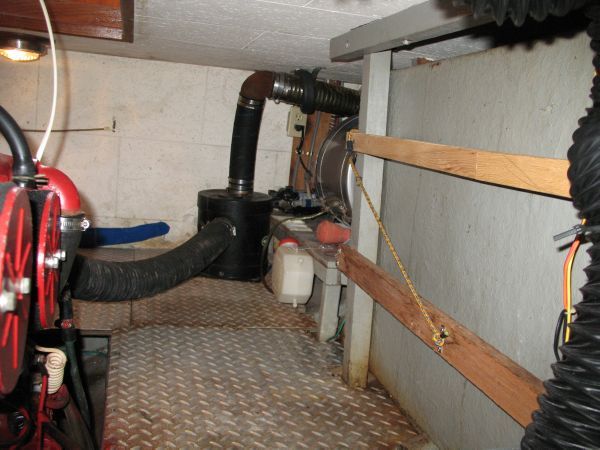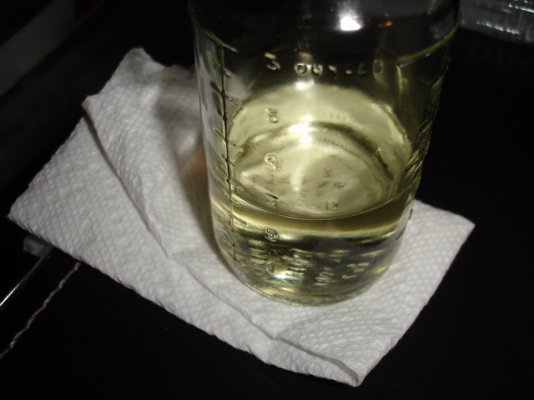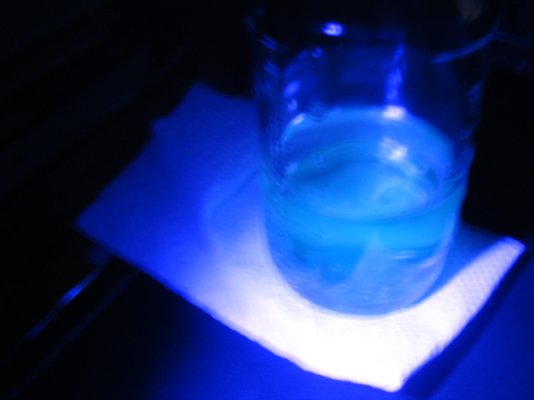kpinnn
Senior Member
As I mentioned in an earlier post I am planning on purchasing a trawler. Looked at many and have learned alot both from looking as well as this forum. Receintly we found a fit except for the smell of diesel fuel The first time I looked at the vessel I did not notice the smell. This time the smell was quite strong. I also remember that other trawlers had the same smell. The obvious answer is a leak in the fuel system. This is an 81 clipper and tanks would be a major concern. I am told the tanks are coated inside and out. I am also told by the owner that there are no leaks in the system. Is it possible the vents could allow the smell to permiate the salon? Where are they and could wind or lack of be the cause. What about this coating? Was that standard or was that to fix a leak? and what kind of job is it to replace two 120 gal tanks? My bet is major. 
Ken
Ken




